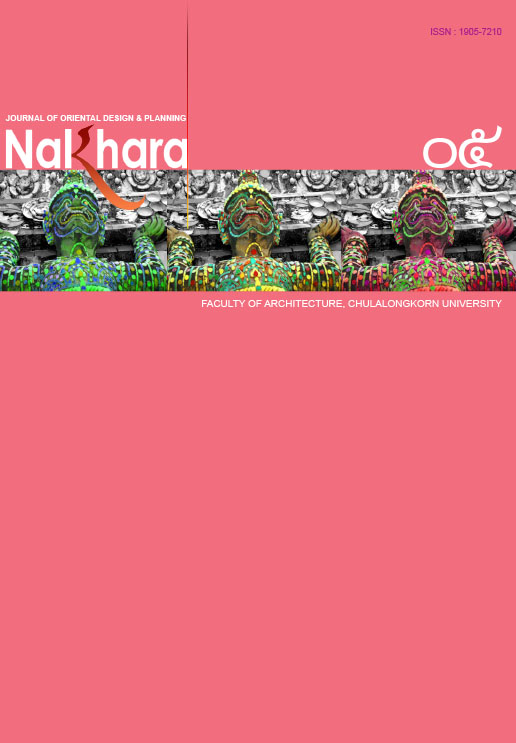THE INCLUSIVE I.C.E. CUBE: New dimensions and approaches for design inclusion
Main Article Content
Abstract
Inclusive design is an evolving and complex concept, the definition of which can be extended to address not only age and disability, but also race, income, education, and culture. As most of products are originally designed in developed countries, conventional elder-care products present serious difficulties and exclude users with different cultural customs and lower economic status. There is an urgent need for design methods, based on an expansive understanding of not only age and disability, but also income, education and culturally related factors, which will lead to a minimizing of the impact of these differences and thereby extend the effectiveness of “inclusive design”. Through a case study of Thai elder care product development, this paper aims to extend the understanding of inclusive design dimensions across capability, cultural and economic diversity. Techniques for this research include contextual interview and observation as well as self-documentary study of 50 pairs of elderly and caregivers enabling us to identify the details of inclusive design barriers. We have developed population profiles based on three expanded design dimensions for greater inclusion: individual incapability, cultural specificity and economic limitation. Analyzing the design development processes, a pattern of design approaches suitable for each target group was identified. The findings enable the development of the “Incapability-Cultural - Economic Cube” (I.C.E Cube), an active inclusive design framework for all ranges of users with different capability, culture and purchasing power. The model is also illustrated in this paper by a range of product examples from Thai elder-care case studies.

